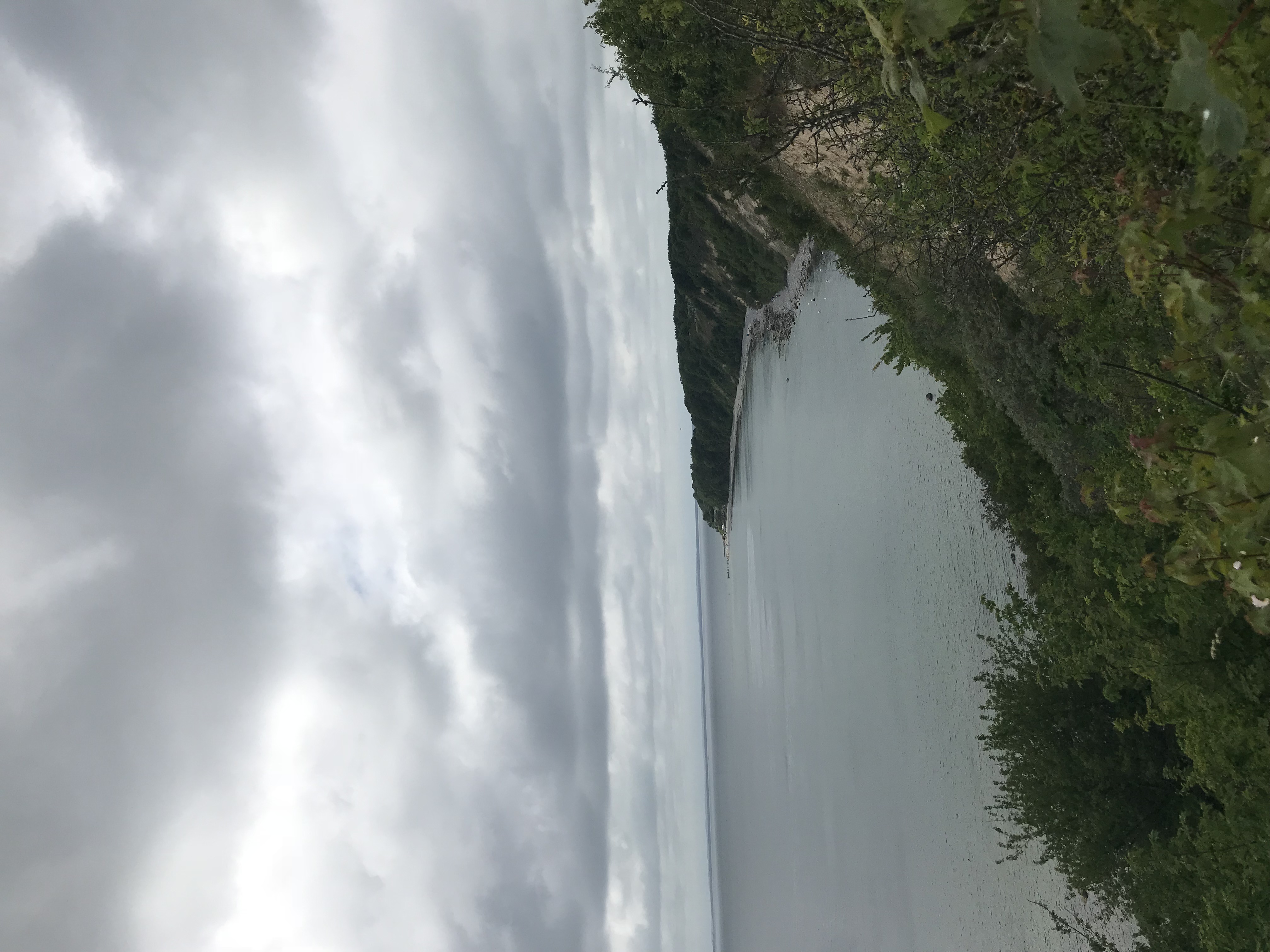Rügen, Germany is a picturesque island situated in the Baltic Sea, known for its stunning white cliffs, beautiful beaches, and charming towns. However, this idyllic island also holds a significant historical importance, being the birthplace of one of the most advanced and feared weapons of World War II - the U-Boat, or submarine. Rügen was the home of the U-boat training school during World War II, and it played a crucial role in the development and deployment of these deadly vessels.
The U-boat, short for Unterseeboot, was a type of submarine used by the German Navy during the two World Wars. It was designed to be a stealthy and efficient weapon, capable of attacking enemy ships without being detected. The first U-boat was built in 1906, but it was not until World War I that they were used extensively in combat. By World War II, the U-boats had become even more advanced and were a major threat to allied ships.
The U-boat training school, also known as the U-Boot-Lehrdivision, was established on the island of Rügen in 1940. It was here that the German Navy trained its U-boat crews in the latest techniques and strategies for underwater warfare. The rugged coastline, deep waters, and harsh weather conditions of Rügen provided the perfect setting for training these elite soldiers. The trainees had to endure rigorous physical and mental training, as well as simulated combat exercises, to prepare them for the dangers of the open sea.
The U-boats played a crucial role in the Battle of the Atlantic, a long and intense naval conflict between the allied forces and the German Navy. The U-boats were used to disrupt allied supply lines and sink merchant ships, making it difficult for the allies to transport troops and supplies. The success of the U-boats in this battle was largely due to the training received at the U-boat school in Rügen.
Today, visitors to Rügen can still see the remnants of this historical site, including the U-boat memorial and the U-boat bunker. The memorial, located on the cliffs of Rügen, pays tribute to the thousands of U-boat soldiers who lost their lives during the war. The bunker, which was the headquarters of the U-boat training school, now serves as a museum where visitors can learn about the history of the U-boats and their impact on the war.

